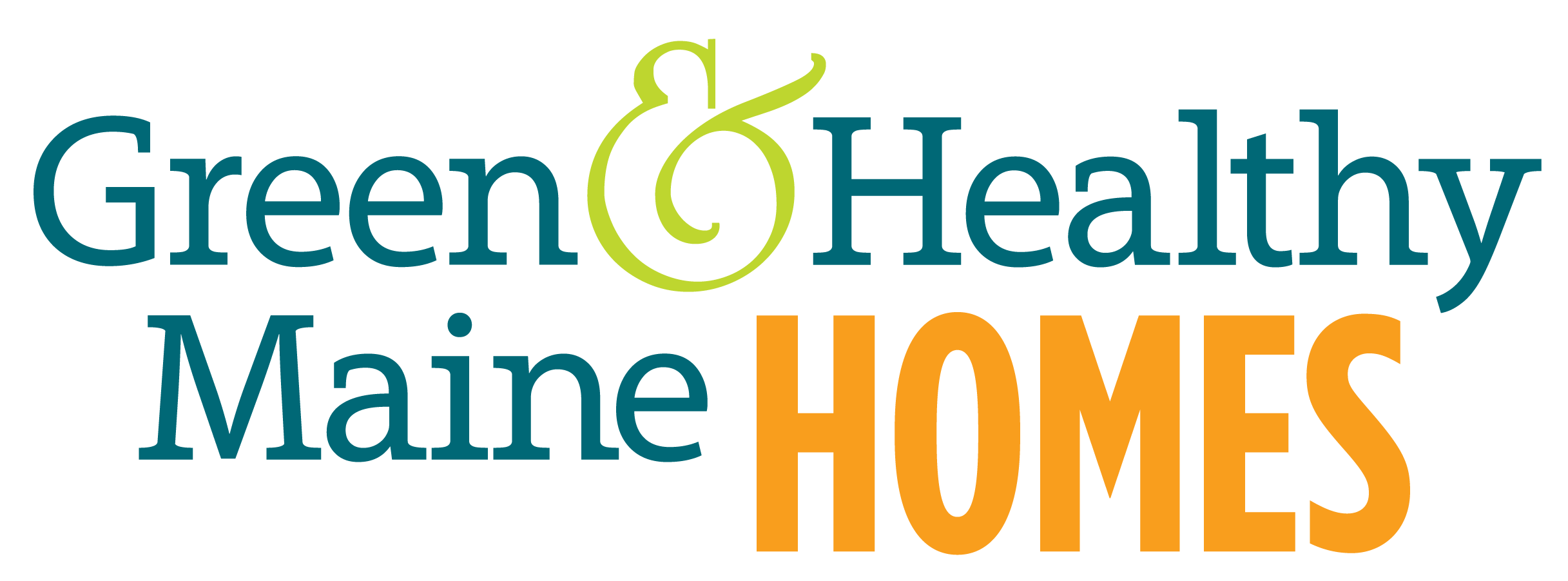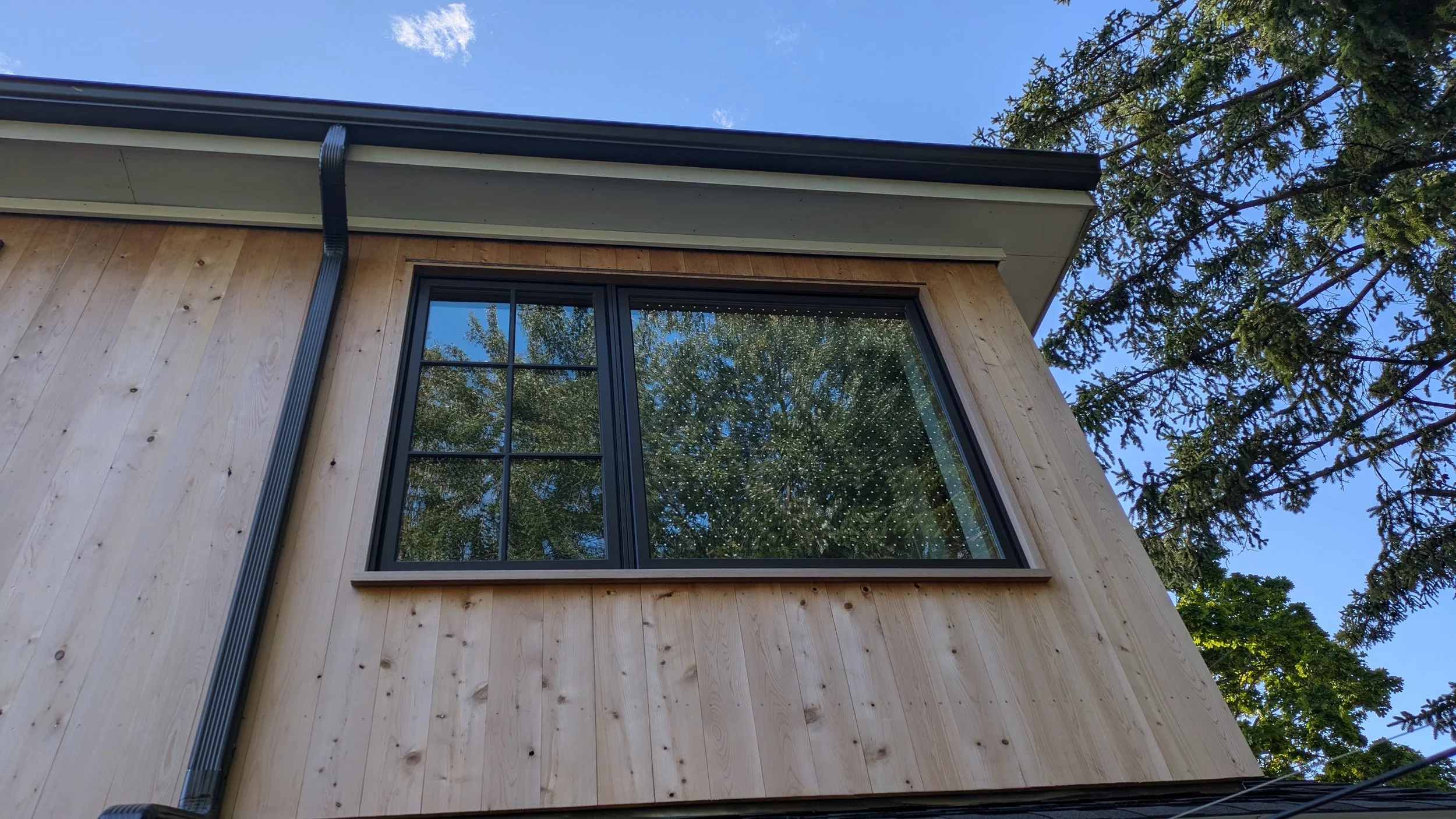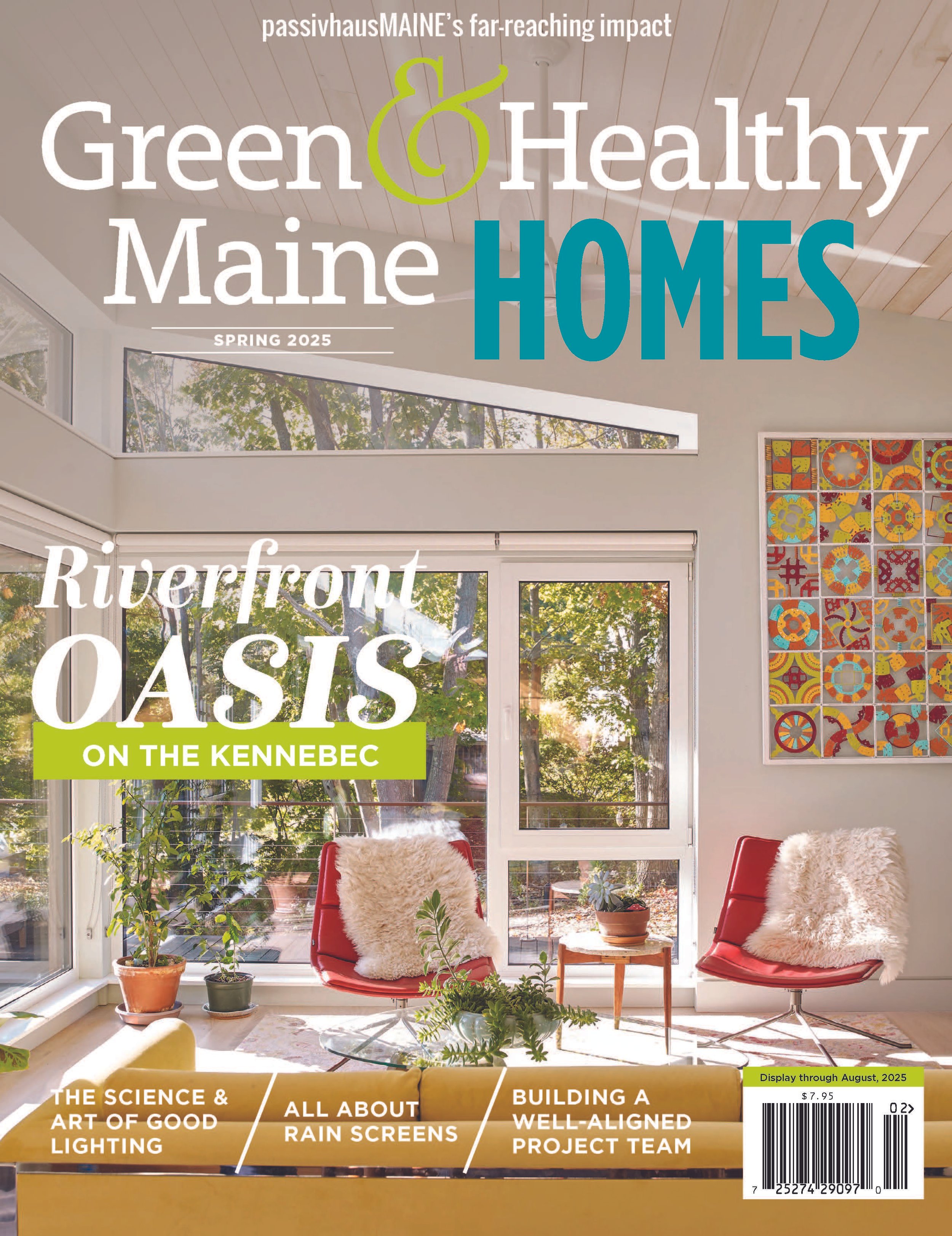Bird-friendly windows, by design
Feather Friendly® markers on this window make it clear to birds that the window is a solid object. PHOTO: COREY JOHNSON
By Amy Paradysz
Smart Solutions for Safer Windows
Volunteers surveying routes in Portland during migration seasons have identified hundreds of individual birds of more than 60species on the streets of Portland. BirdSafe Maine uses this data to work with owners of commercial buildings to remedy trouble spots. PHOTO: MAINE AUDUBON
When Corey Johnson had an addition built on his Portland home last year, he loved the trio of large picture windows on the second floor. The problem was that without insect screens, the 4-foot by 4-foot windows reflected the nearby trees without giving birds any visual cues that they can’t fly through.
“I heard at least four strikes, and one was when I was standing right there,” he said. “The last time, I observed a bird fall to the ground on my lawn. And I knew I needed to find a solution—one that would protect birds while retaining the aesthetics of the project we’d just finished.”
BirdSafe Maine—a community collaboration led by Maine Audubon, Portland Society for Architecture and University of Southern Maine—offered a wealth of information and solutions.
“Anything that lets a bird know that it’s flying towards a window is a potential solution,” says Nick Lund, advocacy and outreach manager at Maine Audubon. “The easiest solution is an insect screen, which a lot of Mainers have anyway. After screens, the most popular strategies we see are Feather Friendly® decals, which are applied to the outside of the window, typically in a dot pattern. And then there are Acopian BirdSavers, which are like exterior curtains—strings that sway gently in the breeze reflecting light—that can be removed seasonally.”
Johnson chose Feather Friendly® window markers and hasn’t observed a single bird strike since he applied the strips of light-gray dots to the exterior of the windows.
“It’s a detail-oriented exercise,” he laughs.
Acopian BirdSavers can be easily installed just during spring and fall migration seasons when bird strikes are more common. PHOTO: ACOPIAN BIRDSAVERS
The effort took him a total of eight hours, standing on a ladder against the second story of his house. It would have been faster if he hadn’t initially cleaned the windows with Windex®, which, he discovered, includes a non-stick agent. Soap and water followed by rubbing alcohol worked much better.
The visual marker project added a couple hundred dollars to Johnson’s renovation costs. But the decals are unobtrusive for humans, covering only about 8% of the glass, and Feather Friendly says the markers should last 8 to 15 years or more. In fact, the company has been in business since 2006 and hasn’t heard of a project coming to end of life yet.
Of course, designing new construction with bird safety in mind opens up more options, including considering the number, size and placement of windows. When nothing but large windows will do, consider specialty glass products such as acid-etched glass, fritted glass, and ultra-violet glass (humans don’t see UV but most birds do). These products come in a growing diversity of styles and presentations and may come with secondary benefits such as reducing solar heat gain. For more information, American Bird Conservancy has a database of tested products at abcbirds.org/glass-collisions.
“Bird-safe architecture is the leading edge of green design,” Lund says. “Recognizing and working to reduce the threats from reflective glass is the next step in safely incorporating your house into a landscape.”
Watch our recent webinar about bird-friendly landscapes and windows here.
This article appeared in the Spring 2025 edition of Green & Healthy Maine HOMES. Subscribe today!
Find Maine experts that specialize in healthy, efficient homes in the Green Homes Business Directory.




